Early this week, a vulture flew across the Israeli border into Saudi Arabia, where it was captured on suspicion of espionage. Local authorities found a GPS transmitter on the bird as well as a leg bracelet emblazoned with TEL AVIV UNIVERSITY. Despite claims by Tel Aviv University scientists that the creature had been tagged as part of a long-term study of area migration patterns, Saudi Arabian newspaper al-Weeam reported the likelihood of "a Zionist plot."
This concern comes on the heels of recent reports of sharks and jellyfish engineered for maximum lethality by the Mossad, the Israeli foreign intelligence service, then dispatched to wreak havoc on Egyptian tourism. Moreover, as Middle Eastern rumor has it, Israel possesses unmanned aerial vehicles -- a.k.a. drones -- disguised as barn swallows, so the captured vulture could at least be a decoy. As one al-Qaeda member recently lamented: Step out of your house, you risk being blown up; Stay inside, your house gets blown up too. So whether the vulture innocently flew off course or was in fact part of an elaborate Mossad covert operation, the psychological effect is the same.
And lethal robotic vultures are a possibility.
The U.S. Army is developing robotic bats that fly autonomously, powered by their own self-recharging lithium batteries. With lifelike outer layers of bat fur and features and the realistic manner they flap their wings, land and perch, these "Com-Bats" can fool real bats, let alone men, all the while transmitting what they see and hear in real-time, from miles away.

The Com-Bat
In addition, Israel has made no secret of its fleet of unmanned aerial systems, ranging from the Frisbee-size Mosquito to the Heron, a veritable flying arsenal nearly as large as a 737.
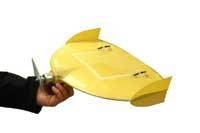
The Mosquito
As intelligence community wisdom goes: Take an existing unclassified device, imagine it with two decades worth of technological enhancement, and it's not unreasonable to assume that the clandestine service "Toy Makers" have it already.
 The HeronWhile Haiti is still picking up the pieces after last year's devastating earthquake, the good news is that fascinating ideas about how to rebuild the island nation with a safer, more sustainable infrastructure are still pouring in. One of the latest proposals, from architect E. Kevin Schopfer and Tangram 3DS, caught our eye with its vision of Haiti reborn with a beautiful floating city. Dubbed Harvest City, the collection of islands would be a fully-functioning community where 30,000 residents could grow crops, promote industry and start a new life.
The HeronWhile Haiti is still picking up the pieces after last year's devastating earthquake, the good news is that fascinating ideas about how to rebuild the island nation with a safer, more sustainable infrastructure are still pouring in. One of the latest proposals, from architect E. Kevin Schopfer and Tangram 3DS, caught our eye with its vision of Haiti reborn with a beautiful floating city. Dubbed Harvest City, the collection of islands would be a fully-functioning community where 30,000 residents could grow crops, promote industry and start a new life.
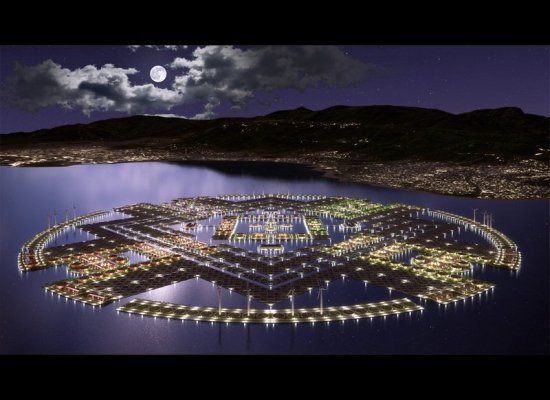
It's been almost a year now since Haiti was ravaged by a horrific earthquake, and while its citizens are still picking up the pieces, the good news is that there is no shortage of creative ideas about how to rebuild an even better, more sustainable infrastructure for the country. One of these ideas comes from architect E. Kevin Schopfer andTangram 3DS, who envision the new Haiti to have afloating city on which people could produce food and promote industry. Called Harvest City, the collection of islands would be a fully functioning community of 30,000 residents based on the principle of Arcology(a mix of architecture and ecology), and could be a key player in Haiti's recovery.
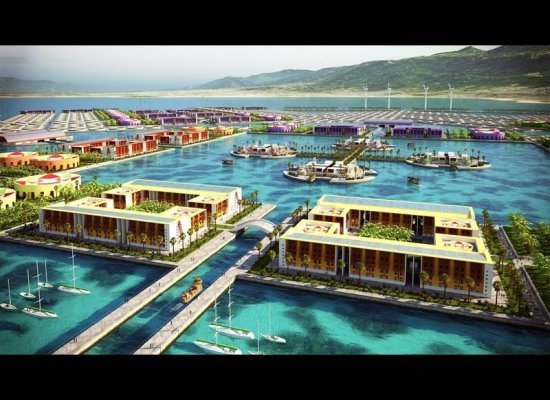
Harvest City would be a place for Haitians to live and start their lives again, but it would also be a place for agriculture and jobs to thrive
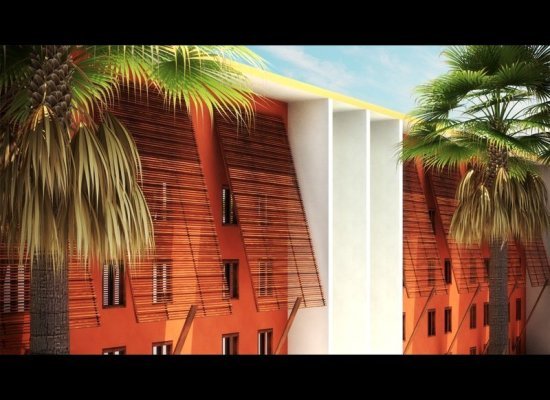
Divided into four zones interconnected by a linear canal system, neighborhoods would be made up of four story housing complexes.
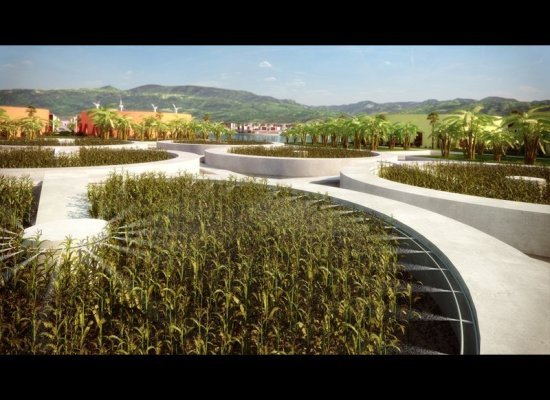
The outer perimeter of the city would be composed of crop circles with secondary feeder canal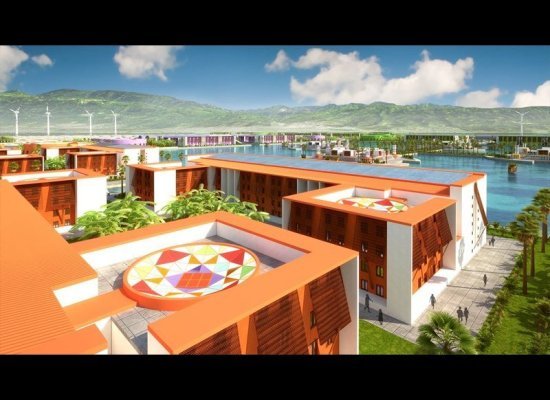
The city center with schools, offices, and public space would be located in the inner harbor area.
 The floating islands of Harvest City will be secured to the sea bed by a cable designed to weather hurricanes and typhoons.
The floating islands of Harvest City will be secured to the sea bed by a cable designed to weather hurricanes and typhoons.
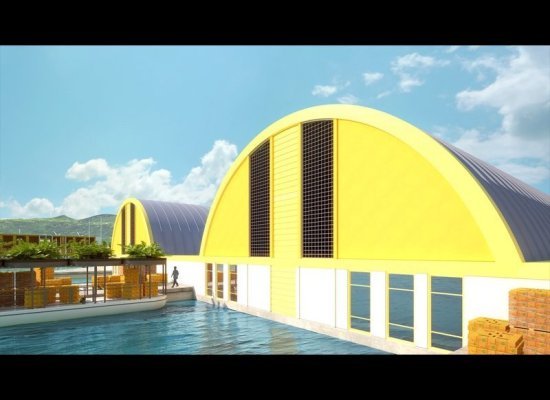
A low profile, low draft dead weight capacity and perimeter wave attenuators are some factors that Schopfer incorporated into the city to ensure it would be safe from storms .A breakwater using the concrete rubble debris from the earthquake would also be constructed to add to the city’s stability.
.A breakwater using the concrete rubble debris from the earthquake would also be constructed to add to the city’s stability.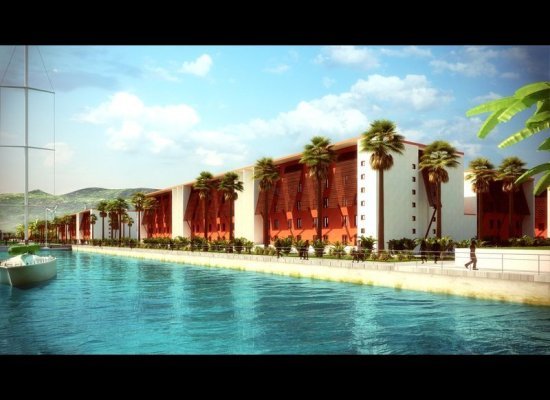
In addition to being a new beginning for the people ofHaiti, it is Schopfer's hope that Harvest City will be established as a "charter city” to be used as an example of a new and advanced economic model specifically developed for struggling nations













No comments:
Post a Comment